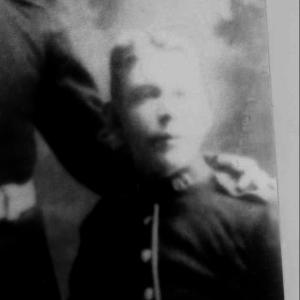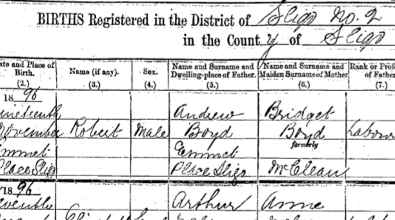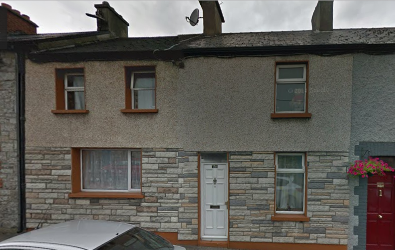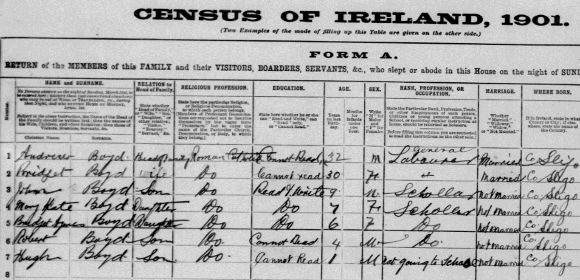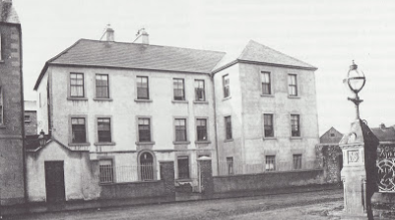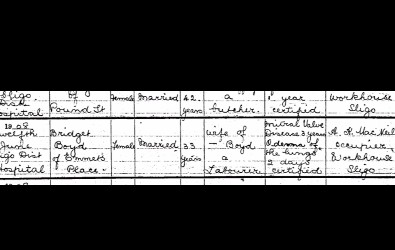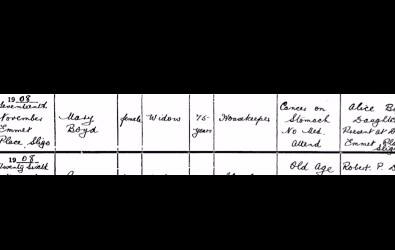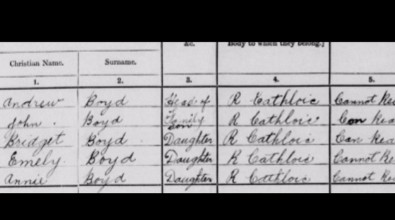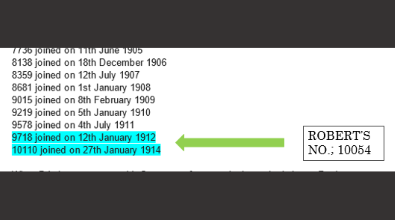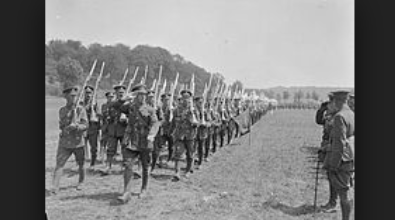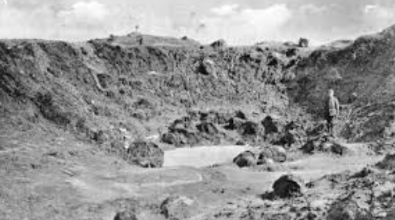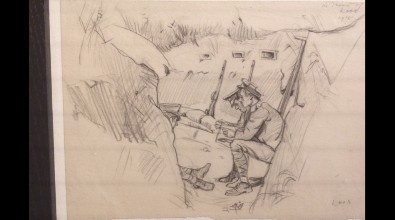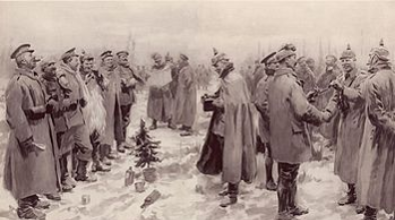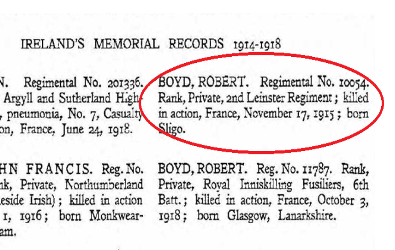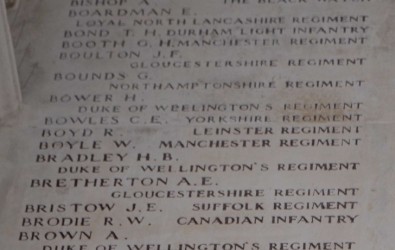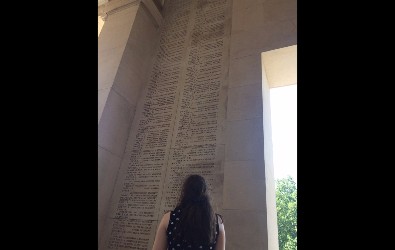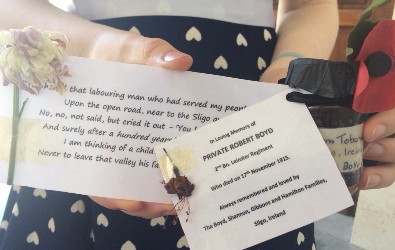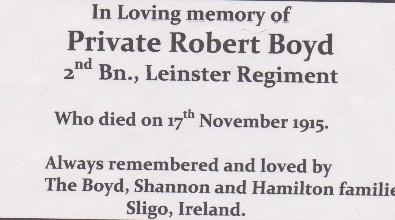my story
My name is Ciara and I am a 5th year student in Mercy College, Sligo. I first heard of the My Adopted Soldier project, two years ago while doing my TY interview. During the interview I expressed an avid interest in history. My interviewer, Michael Collins, then began to tell me about their plans for the 2015 trip to the Somme. I immediately fell in love with the idea and after seeing the documentary on RTE later that year I dreamed of being involved in a project like this. I was, therefore, delighted when my history teacher, Ms Kiernan, gave our class the opportunity to apply for the 2017 trip.
Why I Applied
For as long as I can remember I have had a passion for history. I would probably attribute this passion to my dad who bought me my first Horrible Histories books and always made sure to share with me, his extensive knowledge in this field. I always had a particular interest in Military history as many of our family members served in the army back as far as the 1800s. My dad and I recently decided to start looking more into our family history and ended up discovering just how extensive our family's military background is. One family member served in India and the Crimean War. Another fought in the Zulu and Boer Wars. Six of our family members served in the First World War, including both of my Great Grandfathers. Eight family members fought in the Second World War, two of whom had also served in the First World War. Another was my Grand Aunt who was unexpectedly shipped out to France after she joined the Army Reserves. Many others joined the Irish Defence Forces back home and some served and still serve in the army during peacetimes.
Because of these connections I was extremely excited to have the opportunity to research a soldier and visit the Front where many of my relations fought and some were killed.
Family History
A few years ago, much to my dad's delight, my grand uncle sent us a folder full of records and photos regarding our family history.
The folder included these two photos. On the right, is my Great Grandfather, James Shannon, and my Great Grand uncle, Robert Burnside.
Pictured on the left is my Great Grandfather,again, with his brother-in-law (my Great Grand Uncle), Robert Boyd (seated).
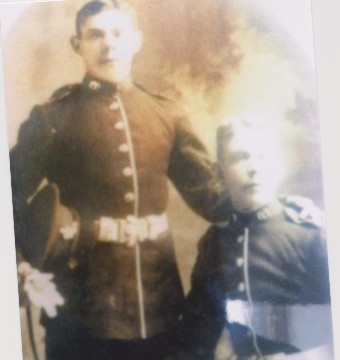
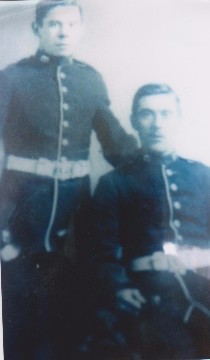
Beginning The Research
After being accepted to the project, Gerry sent us all an email asking if we knew anyone buried or commemorated in the Flanders area. When I saw this email, the first thing that came to mind was the above picture of my Great Grand Uncle. I knew that Robert Boyd was commemorated on the Menin Gate and immediately sent off this information to Gerry. I was more than thrilled at the first meeting on February 4th to discover I would be researching my Great Grand Uncle for the project.
-l5txmd.jpg)
The Group at our first meeting in Collins Barracks

Myself and Maria (fellow Sligo student) pictured with our MEP, Marian Harkin
Researching robert
Once I arrived home from the first meeting I began my research, starting with the basics. I used irishgenealogy.ie to source birth records, 1901 and 1911 Census and his parents marriage cert.
Once I had a background to Robert and his family I decided I would avail of our local library's archives of old newspaper articles. Unfortunately, there was no mention of Robert in any of the articles. I did however get sidetracked when I found some very in depth accounts of some of my other relations' involvement in the war.

The trip to messines
Day 1
On the first day of the trip we had a lecture on the history of the Irish college and walking tour of the town of Leuven. In the afternoon, we met the German students and went on a scavenger hunt around Leuven. In the evening, two Irish students (Zoe and Rosie) and two German students (Emil and Hannah?????) presented their research to the group.
Day 2
On Thursday, we set out for Brussels to visit the EU Parliament. Here we met with Irish MEP, Marian Harkin, and German MEP, Gesine Meissner. Sarah and Gabi also made presentations on their soldiers. We then visited the Island of Ireland Peace Park, the Pool of Peace and 3 graves in Messines and Wytschaete Cemeteries. In the afternoon, we got to walk through the German trenches at Bayernwald. This was very poignant as we realised that the boys in our group were the same age as many of the soldiers who fought and were killed in those very trenches. As our last stop of the day, we visited the death cells and execution place where many soldiers were held and shot by their own men for 'cowardliness'. Here, Joshua told us the story of his soldier who, despite being autistic, was tragically executed for being a 'coward'.
(you can read more on this story in Joshua's archive)
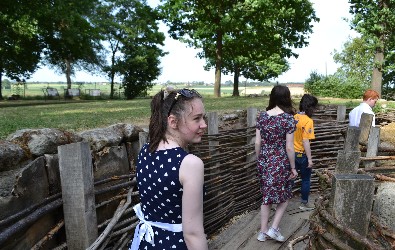
Walking through the trenches at Bayrenwald.
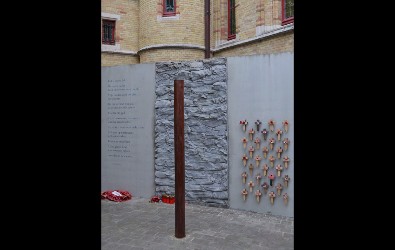
The place where many innocent men were shot for 'cowardliness'
Day 3
Our third day brought a jam packed schedule starting with a visit to Vladslo German cemetery. Here we heard about the story of the two grieving parents depicted in a sculpture in the cemetery. We also each laid down a white rose in memory of all missing German soldiers. We then went on to Poelcapelle where we visited the grave of John Condon, the youngest British soldier killed during the war. At his grave, Myself, Jessica and David performed the air 'John Condon'. We also visited Langemark German Cemetery and Tyne Cot British cemetery. Both of these cemeteries were much larger than the previous and really put into perspective the massive loss suffered on both sides during this war. Lastly we reached the town of Ypres where I finally got to see Robert's name on the Menin Gate. This was an extremely emotional experience for me and is one that will resonate with me for the rest of my life. That evening we attended the Last Post Ceremony which takes place every eveining at the Menin Gate to remember all of the soldiers with no graves. At this ceremony myself and Yassin laid a wreath on behalf of the group.
Cleaning off the Graves of the fallen German Soldiers at Vladslo cemetery.
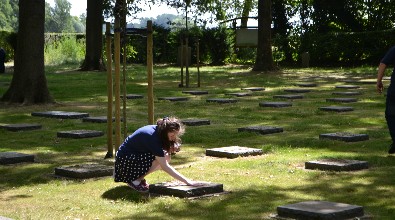
Myself and Yassin laying a wreath at the Mein Gate during the Last Post Ceremony.
